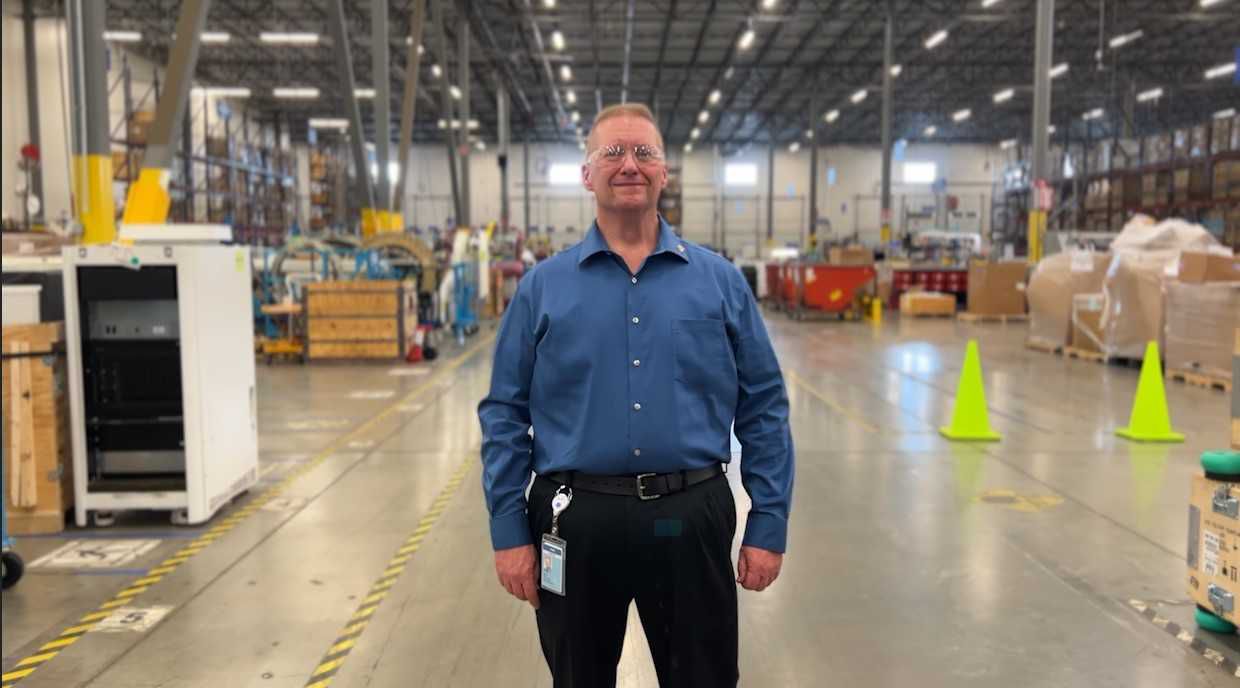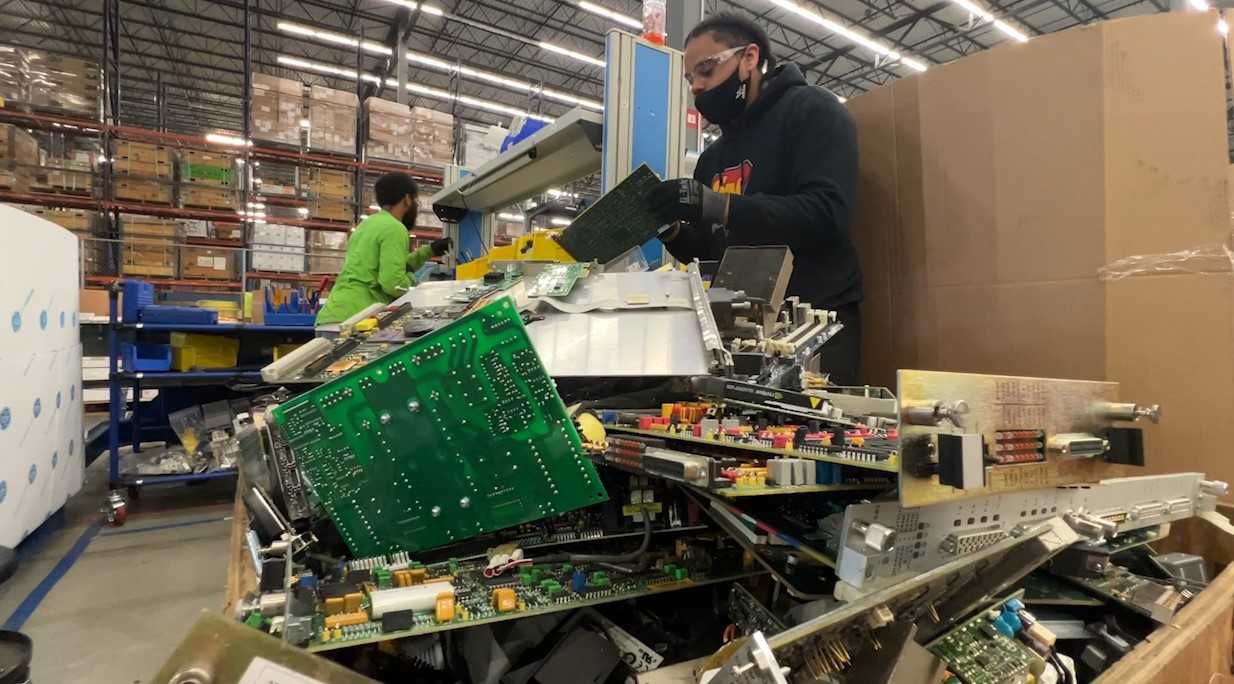OAK CREEK, Wis. — GE HealthCare is a global Fortune 500 Company that produces millions of pieces of medical equipment every year.
But where does all that equipment go once it breaks down or becomes obsolete? The answer would be to Oak Creek, Wisconsin, where the company has its largest recycling center in the world.
The 330,000-square-foot building takes in about 10 million pounds of recyclable equipment every year. Most of it is old medical equipment. The team who works at the facility is responsible for either repairing, refurbishing or recycling every item.
Curtis Rice, the director of operations at GE HealthCare’s recycling center, said the goal is sustainability. They want to repurpose as many parts as possible, rather than create waste.

“Everybody here takes a lot of pride in what we do,” Rice said. “Ninety-five percent of everything that comes in here never makes it to a landfill. Forty-eight percent of everything that we bring in goes to repair and refurbishment. Another 10% goes to recycling.”
Through their work, Rice’s team keeps more than 8 million pounds of medical equipment scrap out of landfills every year.
“This essentially is part of our mission and purpose,” said Siva Balakrishnan, GE HealthCare’s Lifecycle Solutions general manager. “We are looking at environmental sustainability, product sustainability and extending the life of products and parts.”

Balakrishnan’s team is responsible for taking broken machines and trying to repair them for continued use. Giving new life to the shuttered medical equipment helps make it more accessible and affordable in hospitals and clinics that didn’t have the technology before.
“Nothing is more meaningful to me,” Balakrishnan said. “There are a lot of things we are trying to do to make sure the world is sustainable for the future.”
“It’s rewarding,” Rice said. “It’s something we’re giving back to the planet.”
It’s an opportunity to give life-saving equipment a second chance, all while improving the environment by creating less waste.











